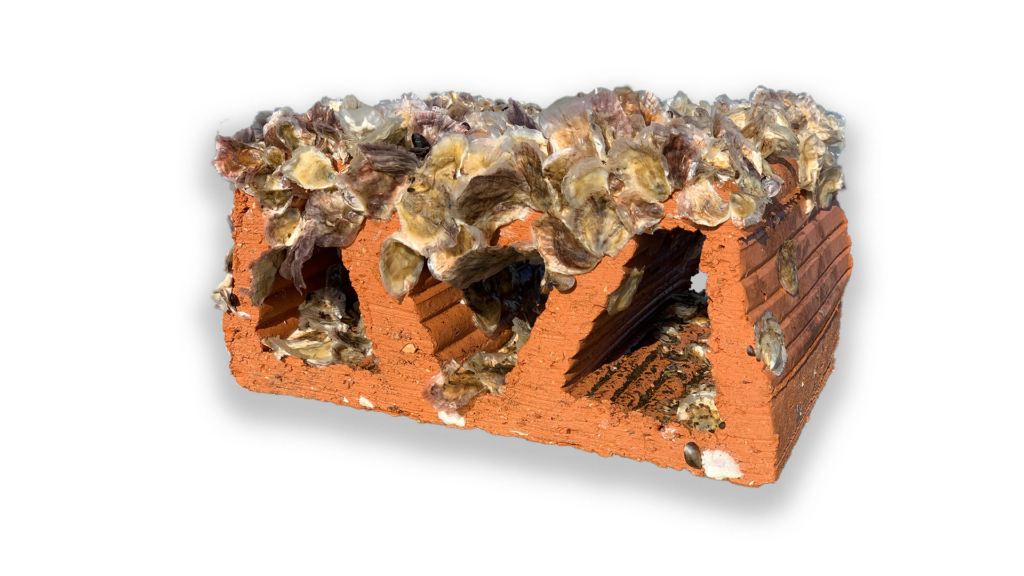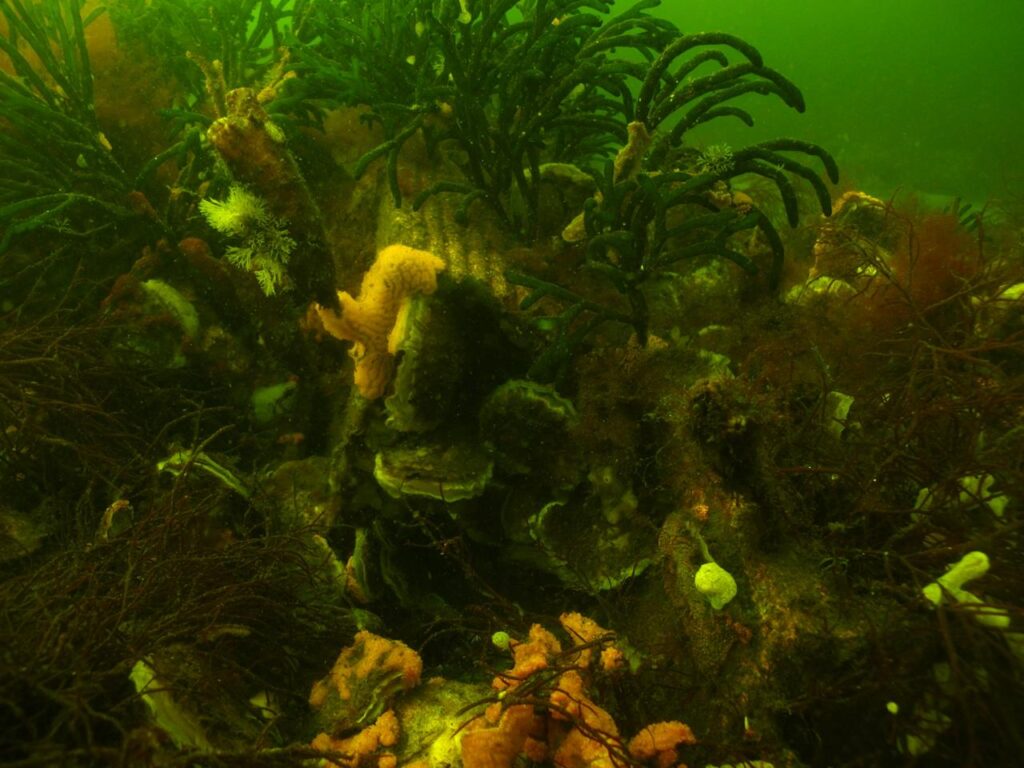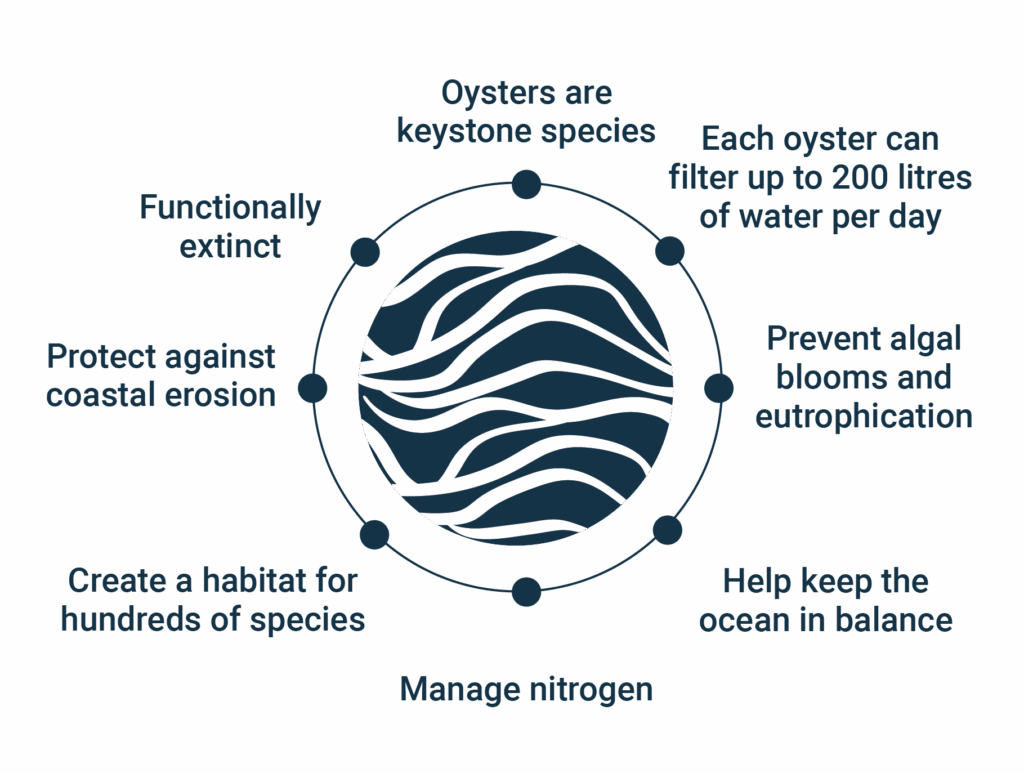
Nature is not free. It’s just been mispriced for too long. For centuries, ecosystems have been treated as never-ending assets and taken for granted, offering clean water, healthy soils, food, and climate stability at no cost.
But we’re now facing the consequences of that thinking. Climate breakdown, coastal erosion, and water pollution are all signs of natural systems stretched beyond their limits.
We think it’s time to redesign how we value nature — not as a passive ecosystem engine, but as productive assets. Oyster reefs are a prime example of this shift: they’re not just a conservation target. They are infrastructure that delivers measurable, ongoing value to industries, coastal communities, and the planet.

An oyster reef is not just a pile of oysters. It’s a living system that performs multiple critical functions; incredibly necessary for the health and balance of our oceans, but also incredibly valuable above the surface:
These are not abstract benefits. They are real services, with measurable impacts and economic relevance — especially as industries and governments face increasing pressure to reduce pollution, manage water quality, and adapt to new regulations to mitigate climate risks.

If something delivers value, it should be valued. But traditional accounting and policy frameworks still struggle to include natural assets on the balance sheet.
This gap distorts incentives. It makes it easier to destroy nature than to restore it.
But we’re here to help organisations turn this around.
Giving oyster reefs a market value changes the equation. It enables restoration projects to access funding from those who benefit from ecosystem services, such as water utilities, coastal developers, agricultural regions, or insurers. It also means that restoring reefs isn’t just “doing good”, but also delivering measurable returns that align with sustainability goals, regulatory compliance, and long-term resilience.
Of course, to value something, you must be able to measure it. That’s why every Oyster Heaven project is grounded in robust data and long-term monitoring. We track outcomes like oyster survival rates, water filtration, biodiversity recovery, and nutrient management. This scientific rigour makes it possible for us to quantify ecosystem services and translate them into real-world value.
And how do we reach scale? Our Mother Reefs – patented clay substrate designed for oyster settlement – make it possible to deploy restoration projects at scale, in a cost-effective way, anywhere in the world. Because scale is not only necessary for our projects to thrive, but it is also essential if we want oyster reefs to become a credible part of economic infrastructure.

We’re entering a new era where nature is not just protected, but valued. Oyster reefs represent a model for what this future can look like: ecosystems that generate returns, build resilience, and grow in value over time.
The ocean doesn’t need more exploitation — it needs regeneration. And that regeneration must be scalable, measurable, and investable. By recognising oyster reefs as valuable assets, we’re not only saving ecosystems — we’re building a healthier, more resilient economy from the seabed up.
Restoring nature is not a cost. It’s an investment with growing returns.

Make a measurable difference for the ocean today.
You can now adopt a Mother Reef and help restore 100 oysters!

